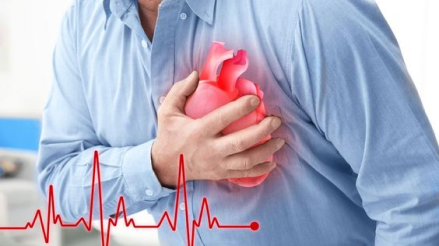You may also like…
What is Pulse & Heart Rate?
Your heart rate, typically ranging from 60 to 100 beats per minute in adults, represents the frequency at which your heart contracts within a minute. Your pulse, on the other hand, provides a tangible sensation with each heartbeat. Monitoring your heart rate not only enables you to assess your overall health but also helps gauge the effectiveness of your exercise regimen in optimizing your well-being.
What is Your Heart Rate ?
Your heart rate represents the frequency of your heart's contractions within a minute. Remarkably, your body adeptly regulates your heart rate to align with your activities and surroundings. Consequently, your heart beats faster during moments of activity, excitement, or fear, while it slows down during periods of rest, calm, or comfort.
This dynamic heart rate is not only a natural response but also a crucial indicator of your overall health. An abnormal heart rate, whether excessively fast or slow, can serve as an early warning sign of heart-related or other medical conditions. Moreover, the ability to detect your heart rate throughout your body provides doctors with a potential diagnostic tool for identifying various health issues.
Is there a difference between your Heart Rate & Pulse?
There exists a fundamental connection between your heart rate and your pulse, though they are distinct concepts. Your heart rate refers to the speed at which your heart beats at any given moment, whereas your pulse represents how you can physically sense your heart rate.
Each time your heart contracts, it vigorously propels blood through the intricate network of arteries throughout your body. Your pulse corresponds to the momentary increase in arterial pressure as your heart expels more blood to sustain circulation. During the brief intervals between beats, your heart relaxes, causing the pressure to subside. This is why each heartbeat is perceived as a distinct push, rather than a continuous flow of pressure, akin to water coursing through a hose.
Numerous points on your body feature arteries positioned close to the skin's surface, with some being more easily detectable than others due to individual anatomical variations. Depending on the location, certain points offer optimal accessibility for either yourself or a healthcare professional to discern your pulse.
Powered by Froala Editor



